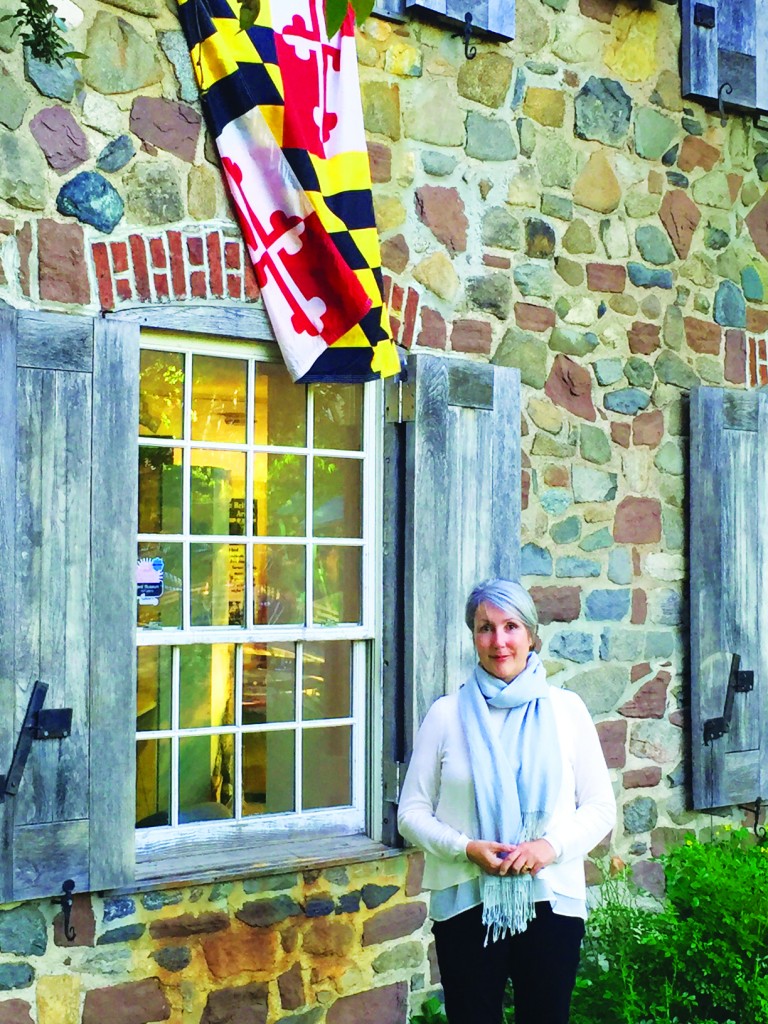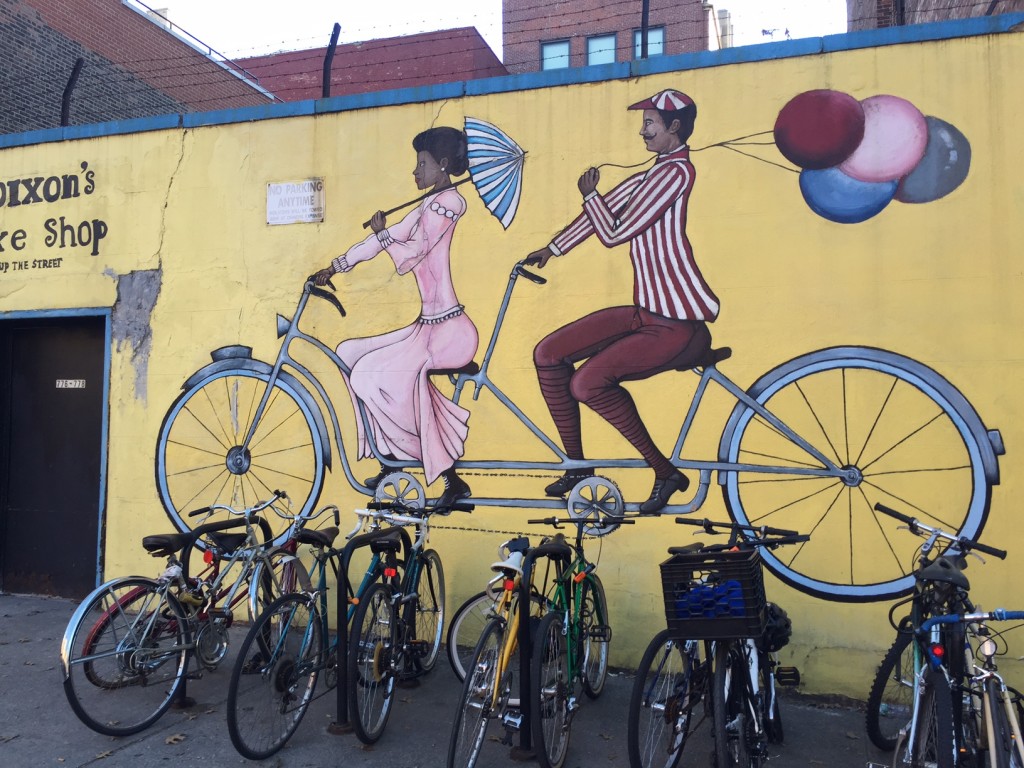You’re sitting on a rooftop in downtown Manhattan with around 200 other people. It’s an early evening in June and a warm summer breeze is blowing as the sun starts to set. The sky around you transforms from blue to every color of pink you can imagine framing your 360 degree view of the city in unspeakable beauty. The excitement is palpable as the audience waits for the evening’s entertainment to commence– in this case, a very fine (and very funny) documentary about the musician José Gonzáles.
As the sun makes its final farewell and day turns into night, Jose himself makes an appearance and treats you and your movie going companions to a live acoustic performance of his ethereal, hypnotic songs. You feel like you’re one of the lucky ones. That you’re in the know. That while it’s business as usual on the streets far below you, while people pass the building you sit atop, oblivious to this secretive spectacle above them , you’re one of the privileged few.
That was my first experience of a Rooftop Films screening, which I attended back in 2012. This gem of a film festival, now in its 20th year, has grown bigger and better with every summer season.
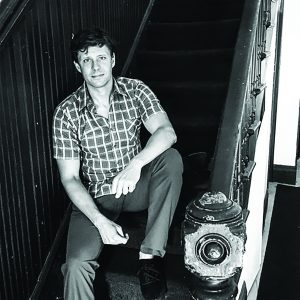
At the center of Rooftop Film’s vision is its artistic director, Dan Nuxoll. A film director, producer, composer, and Brooklyn local, Dan is responsible for curating each year’s cinematic program from the over 3,000 submissions the festival now receives annually. Currently co-directing a new documentary feature film, Dan was recently included in Brooklyn Magazine’s list of The 100 Most Influential People in Brooklyn Culture.
So, for everything you never knew you wanted to know about Rooftop Films, here’s Dan Nuxoll himself, who took some time out to answer my questions about Rooftop Film’s origins, where it’s headed next, and what you can expect from this year’s festival.
Hey Dan. Now, for those unfamiliar with RTF, can you encapsulate the festival and its vibe in a few sentences?
Sure! Rooftop is a not-for-profit film organization founded in 1997. We do a lot of different things in the independent film world, including giving out grants and renting and donating equipment to other organizations to help them put on their own screenings, but the thing we are best known for is the Rooftop Films Summer Series. The Summer Series is in many ways a summer-long film festival: We screen more than 35 new, independent, and foreign feature films from all over the world, as well as more than 100 new short films. All of our summer events take place in scenic outdoor locations (often, though not always, on rooftops), and we always include special enhancements to our events, including live music performances before all of our screenings, Q and A’s with filmmakers after the screenings, and after parties following most of our ticketed events.
The origins of RTF, much like those of the Moth, are the stuff of legend; the festival almost seems to have begun by happy accident. Can you describe how RTF came to be?
Yeah, it is true that we definitely did not originally intend to build an entire film organization that would still be around 20 years later. The very first screening was pretty much organized as a one-man-operation by Mark Elijah Rosenberg. He and I went to Vassar together and it was his idea to show movies on rooftops. Back then he mostly just wanted to show some new short films by himself and some filmmakers he admired, but being just 21 years old and fresh out of college, there wasn’t any money to rent a theater. He did, however, have access to a small rooftop above his apartment building in the East Village, so he lugged a 16mm projector up to the roof and hooked it up to his brother’s punk band’s PA system and invited anyone he could to come drink some beers and watch some movies.
The evening turned out great and the next year he wanted to do it again, but his landlord definitely wasn’t going to let him use that roof again. But along with some friends from high school, I had renovated a gigantic 10,000 square foot warehouse space in the as-yet ungentrified neighborhood of Bushwick in what would eventually come to be known as the McKibbin St. Lofts. We had a huge indoor space and an even bigger rooftop, so we built a screen on the roof and started doing shows there. That’s where we were based for the next five years until I moved out of that building.
We kept expanding our activities, going from one to four to eight to sixteen screenings a year, and at that point it had become too much work to remain a hobby. We incorporated as a non-profit, moved our offices into the Old American Can Factory in Gowanus, and continued to expand. So, it wasn’t by any means an overnight success, but we certainly have become a much more substantial organization than we had originally intended to be.
At what point over the last 20 years of the program did you realize that the festival had become something important for NY moviegoers?
Hmm. I am not sure that there was any single moment in time. But there were certainly some moments along the way. Eventually our shows started to become very, very large, and that certainly made an impression on us. I remember in 2008 we presented the premiere of this fantastic documentary about the LES photographer Clayton Patterson and more than 1,100 people showed up, including Ed Koch (despite the fact that he was not favorably portrayed in the film). That certainly made an impression.
And there were many other highlights: screening Trouble the Water in Harlem Meer, giving a grant to help get Beasts of the Southern Wild made, and just generally seeing so many of the young NYC filmmakers that we had championed succeed, people like Lena Dunham, Benh Zeitlin, and Casey Neistat. With each new talent taking the step to the next level we are reminded that organizations like our own play an important role in the creative life of the city.
What do you think attracts movie fans to the festival?
Well, it’s a number of things. I think, perhaps most importantly, we prioritize the films and the audience experience and don’t get distracted by the other elements that some other festivals are distracted by. We are always focused on creating events that are fun, interesting, engaging, interactive, and unique, and we try to create as many incentives as possible for audience members to come out to our shows. Of course we work very, very hard on our film programming—we watch more than 3,500 films every year and we only show 3% of them, so the films we are presenting are definitely very thoroughly vetted. But, in addition to that, we have a fantastic music programmer who finds great emerging artists to perform before the films. We have free drinks after most of our screenings. And the venues are beautiful, interesting places that would be fun places to hang out at even if nothing was going on. I think our film curation is excellent, but often people show up not knowing much about what they are going to see that night, and that’s great. We want to draw people in to discover something new and unexpected.
Can you describe the process of selecting movies for the program? What’s your main priority when putting together the schedule for each season?
Rooftop has a pretty big team of people who watch the films. We receive thousands of blind submissions each year and also attend festivals like Sundance, IDFA, SXSW, and Toronto to track down others. We also request a lot of films from filmmakers and producers that we have heard good things about. We have a screening committee of about thirty paid people and have three full-time employees who also work on programming (including myself). We sift through all those movies and choose the films we think will work best for us.
The first most important criteria are that the films are new, independent, or foreign, and that we think they are great. We are particularly interested in films that are innovative and come from a fresh perspective. Luckily, we have a young and adventurous audience that is excited when we take chances, so we don’t have many creative restrictions on our programming. Our audience is willing to come out for even experimental films by unknown filmmakers because they trust us—which makes our jobs a lot easier.
But the one thing that differentiates us quite a bit from other festivals is that we are more event-based, so we do take things into account that other festivals might not. For instance, if there is a film that could involve an exciting performance component, then we are more likely to show that film than a film that doesn’t. For this reason we show more music-based films than your average festival, and those events are usually pretty special—we’ve shown documentaries accompanied by performances by rapper Danny Brown, singer-songwriter Jose Gonzalez, and many, many others. We also take into account venue; if there is a movie that works particularly well at one of our venues, then we are more likely to lock that film in. And sometimes we take our show on the road to create something special, like when we showed Beasts of the Southern Wild in the bayou in Louisiana.
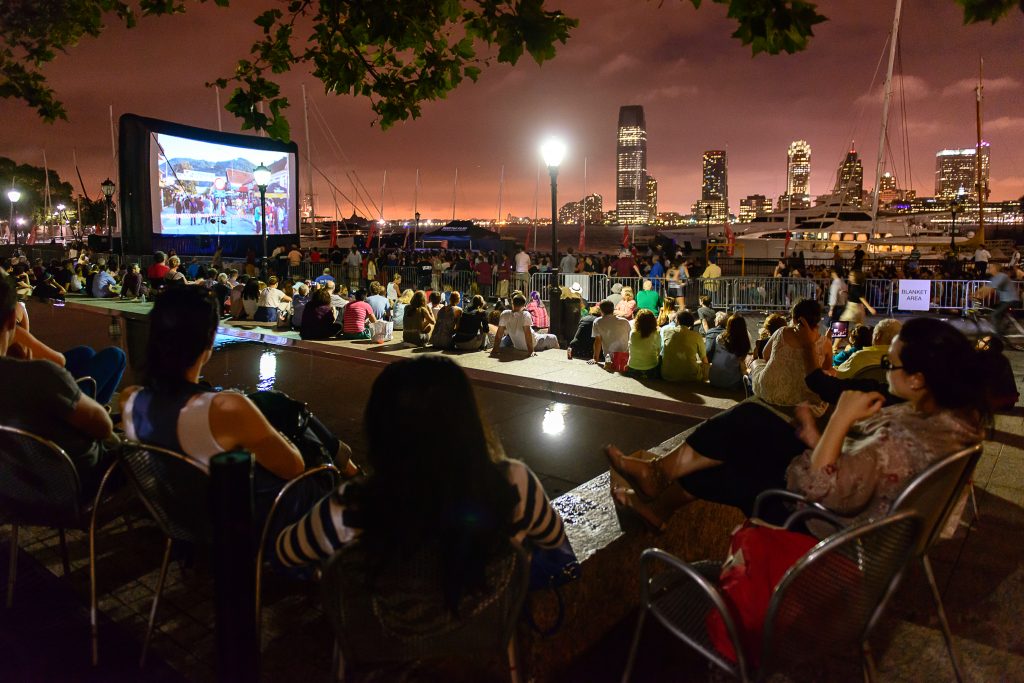
You’ve expanded the number of screening locations over the years. What’s precipitated that and how do you chose new venues?
We do about 45-60 big screenings a year at this point, starting in May and wrapping up in September—usually about 3 or 4 screenings a week. We expanded to that number mostly because that was the number that seemed to work. Setting up a large outdoor screening takes a LOT of work and preparation, so we don’t want to put together a full screening unless we really think that the event will be special. The last several years we have felt that if we did fewer screenings than that we would be rejecting a lot of films that we very much love, but, if we did many more screenings than that, we felt that the quality of the films and the quality of our presentation suffered a bit. So 45-50 shows seems like the right number.
RTF now offers grants to moviemakers to fund the making of independent movies. When did offering grants become an important goal for the RTF?
In our early years we wanted to do whatever we could to support the filmmakers who had been kind enough to screen with us, but back then we really had no money whatsoever. So we decided to raise our ticket price by 1 dollar (from $5 to $6!) and we were going to put all those extra $1 bills into a fund to give out grants to short filmmakers whose work we had shown to help them a little bit down the line. Over time that fund expanded as we grew as an organization and we also started to bring in sponsors who were excited to support the filmmakers as well. We get cash sponsorships for our fund from various supporters like GarboNYC, and we also are able to award some really generous service grants like lighting equipment form Eastern Effects (who are right in the neighborhood), camera packages from Technological Cinevideo Services, visual effects from Edgeworx, and publicity grants from Brigade Marketing.
Our rationale for giving out grants was that we could get more support and do more good by putting resources towards 10 or 15 grants than if we split it up between everyone, and we think that has worked out pretty well.
Which RTF funded movies are you most proud of?
There are a lot! This year our grantees had a great deal of success, so we are feeling pretty lucky. Kitty Green’s film Casting JonBenet premiered at Sundance and just recently made a sensation when it premiered on Netflix. Joshua Z Weinstein’s Menashe turned out even better than we had hoped and A24 will be distributing it in theaters this summer. Ana Lily Amirpour’s film The Bad Batch blew up at Toronto and will be released by Neon this summer as well. Rachel Israel’s Keep the Change just won best fiction film and best new director at Tribeca. So those all came out pretty well. But there have been many other fantastic films over the years, including some I mentioned earlier as well as Martha Marcy May Marlene, Obvious Child, Ain’t Them Bodies Saints, and too many others to list here.
Can you describe the average RTF movie goer?
Well, we move around to about 15 different venues all across the city, so the average attendee varies a bit from one location to the next. But generally speaking our attendees tend to be on the young side, relative to other film organizations. The majority are in the 15-40 age range, and most are pretty culturally savvy—not necessarily cinephiles, per se, but certainly people who are interested and invested in film, culture, music and the arts in general. They are also an adventurous bunch, and many people come out to shows just to see different corners of the city.
What are you most excited about for this year’s festival?
I am really quite thrilled with our program this year. Frankly, we have been able to get just about all the movies that I most loved this year. But some of my favorites coming up are Dave McCary’s hilarious comedy Brigsby Bear, Ana Lily Amirpour’s aforementioned The Bad Batch, Jeff Unay’s beautiful documentary The Cage Figher, Josh Weinstein’s Menashe, Amman Abassi’s heartbreaking Dayveon, and a bunch of great documentaries, especially Liberation Day, The Challenge, the Sundance-winning Dina, and my very favorite doc of the year, The Work. But come on out to everything. I promise you there are no duds this year.
Where next for RTF? How do you hope the festival will continue to grow and evolve?
Well, the three things we would most like to do are:
1. Establish a permanent or semi-permanent home at one venue with a Rooftop. We will always move around to different locations, but none of our current locations are really completely our own, so it would be great to get a long-term commitment from a place with a great roof.
2 Expand our programming in less well-off NYC communities. We already do screenings in communities that are less culturally well-served, but we would love to get the funding to do more screenings in such neighborhoods. I would love it if we could help local young people to build their own local screening series.
3 Expand our screenings in other cities. We have done dozens of screenings outside New York, but we have never set up a full series in another town. I think that there are a lot of cities that would really benefit from what we do, so hopefully we are able to get a few more series up and running soon.
Are there any established directors you’d like to include in the festival?
Well, not really. Our focus has always been and always will be on discovering new talent, so the filmmakers I want to bring to the Summer Series probably haven’t completed their first feature film yet. It’s fun when we are able to present work by more established directors that I admire, but it will always be much more exciting to us to present work by filmmakers that no one has heard of yet. It’s our job to make sure that people hear about them in the future. I hope that never changes.
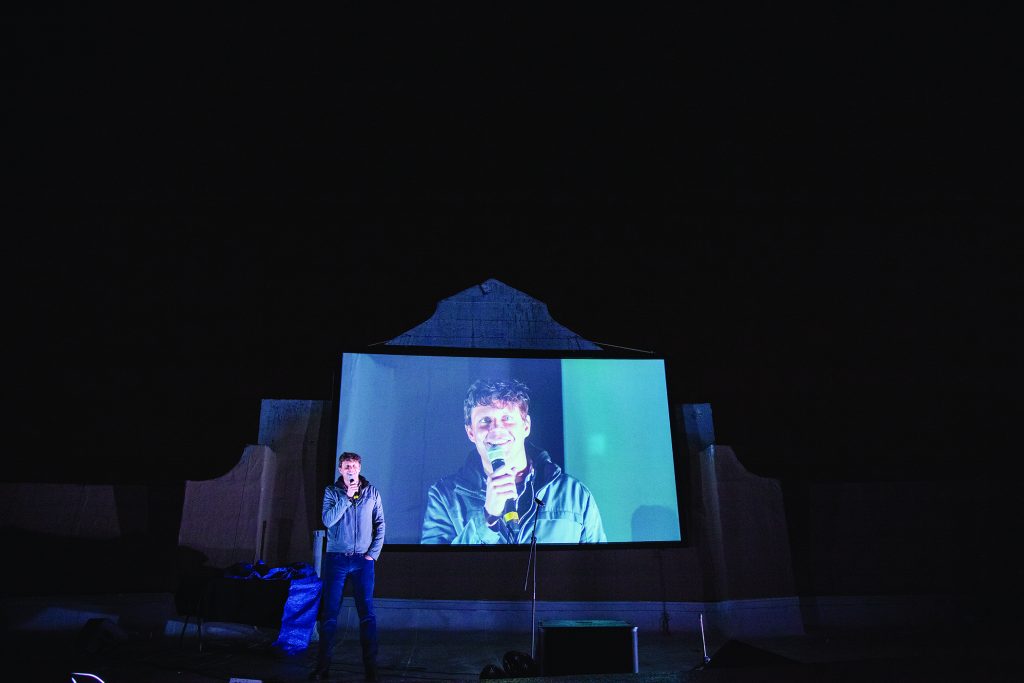

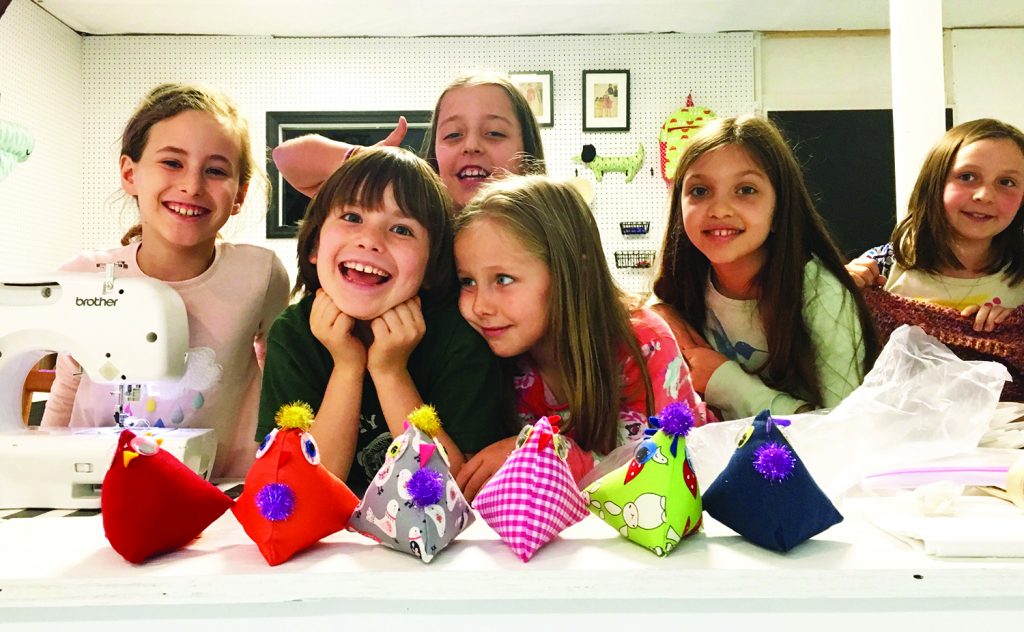
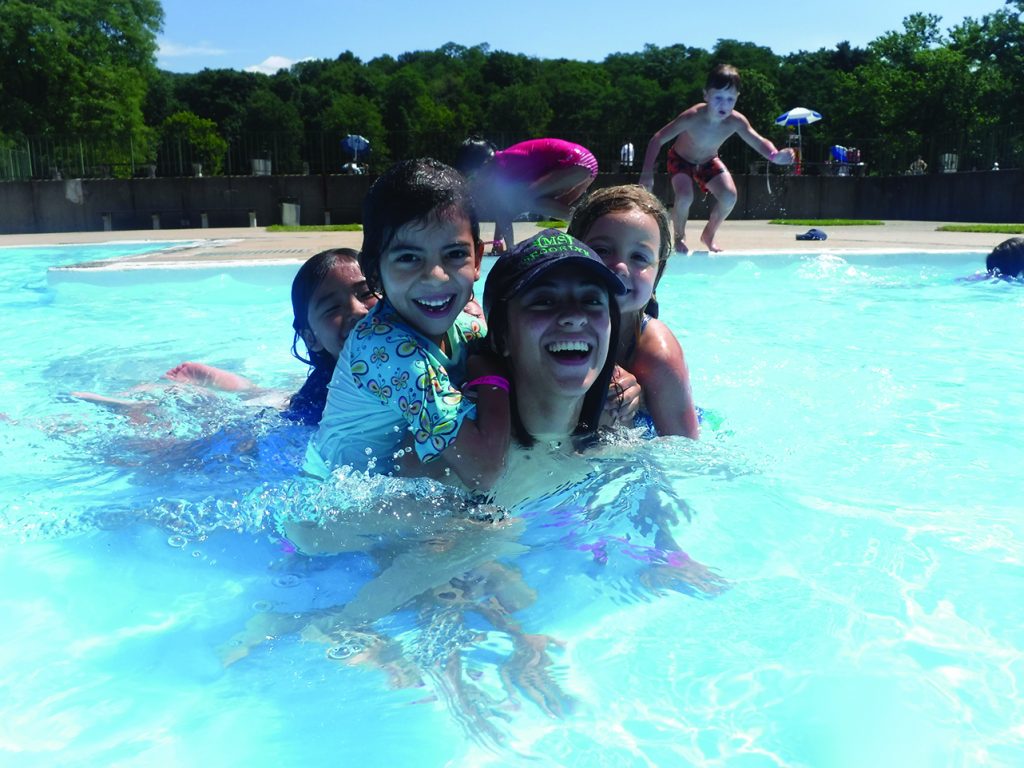
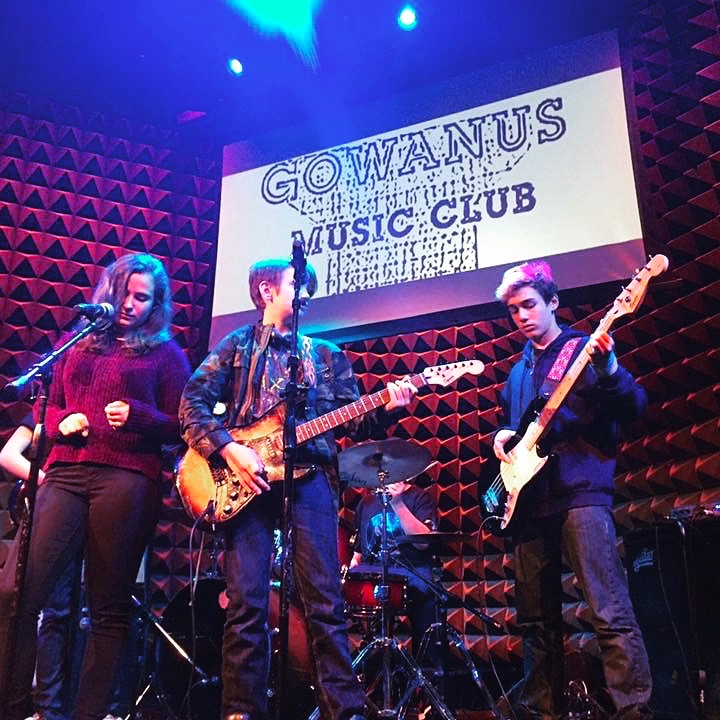
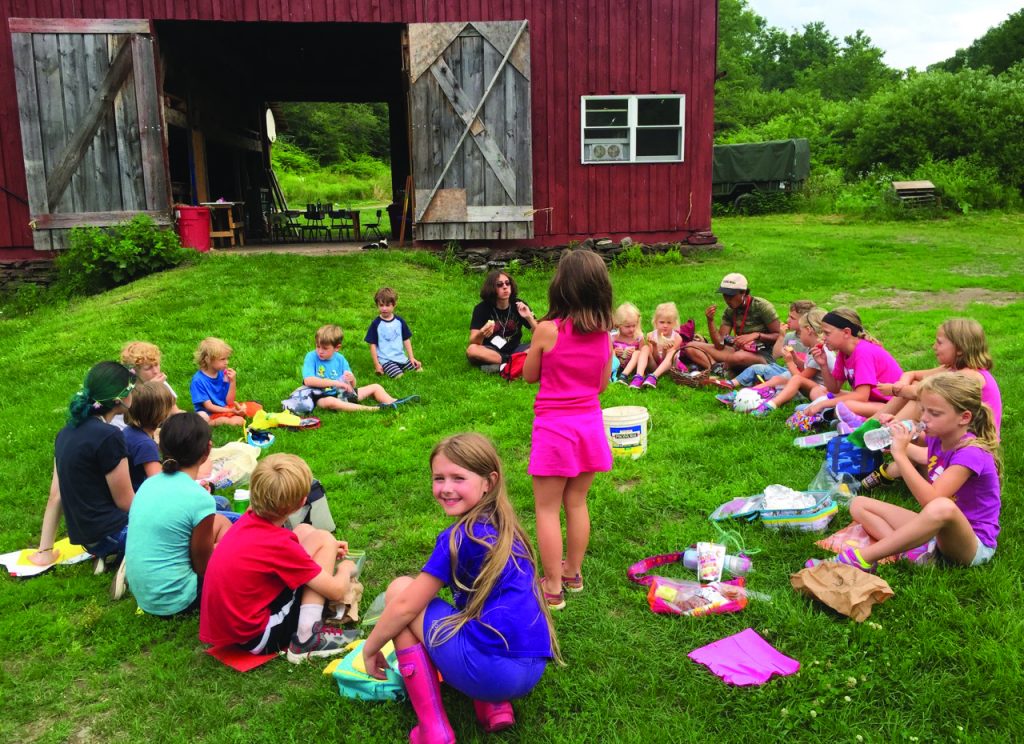

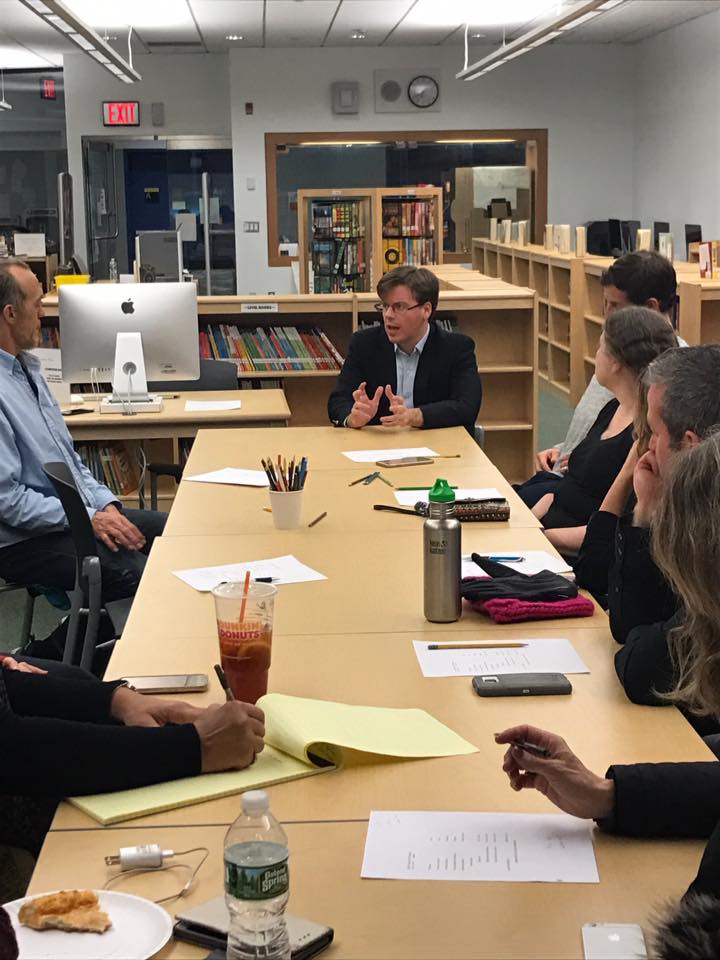
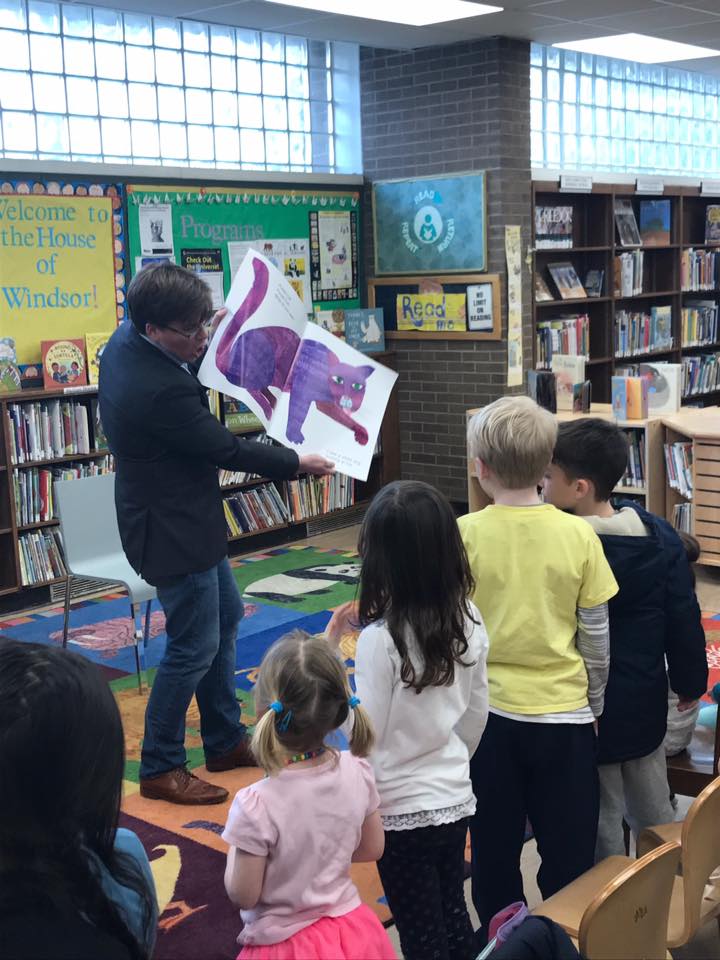
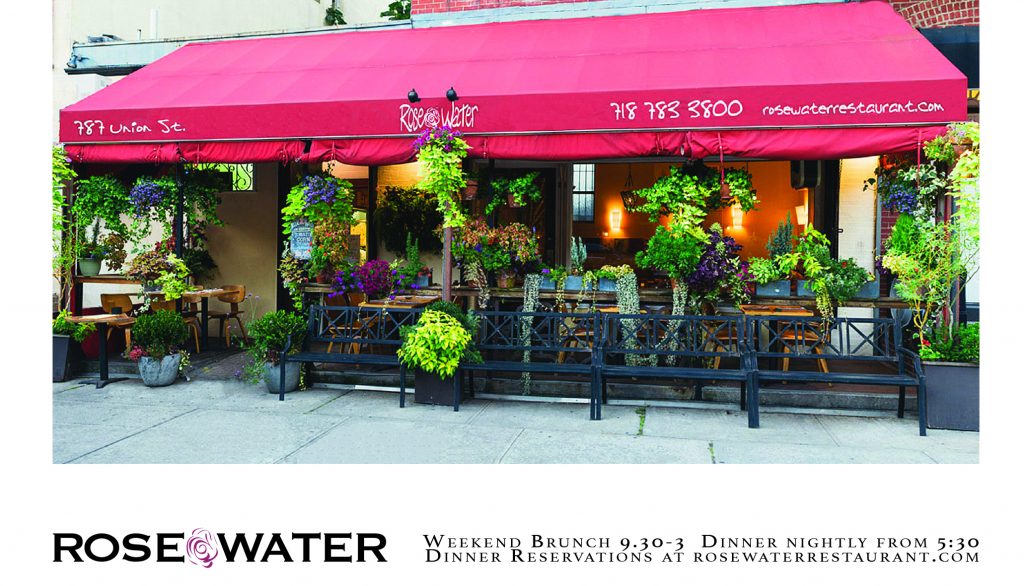
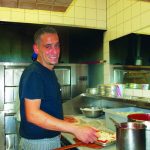 The pizza: “Old school straight up pizza.”
The pizza: “Old school straight up pizza.”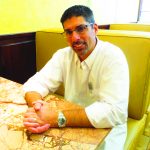 The pizza: “Wood-fired oven pizza. Personal and large size. Pizza cooked to high heat and charred to perfection. You’re not gonna get a lightly baked pie if you don’t ask for it that way.”
The pizza: “Wood-fired oven pizza. Personal and large size. Pizza cooked to high heat and charred to perfection. You’re not gonna get a lightly baked pie if you don’t ask for it that way.”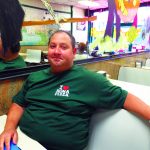 The pizza: “Traditional, classical NYC street pizza. What the city is built on.”
The pizza: “Traditional, classical NYC street pizza. What the city is built on.” Lizette Chaparro, 26, works for a non-profit affordable housing company and is a proud Democrat. She said that her party has “long championed the well being of the working class and has reached out to communities of color.” She plans on voting for Clinton come fall, “for obvious reasons.” She is genuinely a supporter of Clinton’s policies and calls her “the most experienced candidate running for office,” but she also is driven by a desire to “make sure Donald Trump doesn’t end up in the White House.”
Lizette Chaparro, 26, works for a non-profit affordable housing company and is a proud Democrat. She said that her party has “long championed the well being of the working class and has reached out to communities of color.” She plans on voting for Clinton come fall, “for obvious reasons.” She is genuinely a supporter of Clinton’s policies and calls her “the most experienced candidate running for office,” but she also is driven by a desire to “make sure Donald Trump doesn’t end up in the White House.” David Hoffer, 58, is a computer technician who has been a Democrat for his entire life. He believes in the Democratic party because “they seem to care more about people and want to truly do good for us.” He paused for a moment before admitting, “At least most of the time.”
David Hoffer, 58, is a computer technician who has been a Democrat for his entire life. He believes in the Democratic party because “they seem to care more about people and want to truly do good for us.” He paused for a moment before admitting, “At least most of the time.” Local graduate student Riyana Dasgupta, 23, believes that this election has “struck a chord with many people for a variety of reasons” and that it is much more than a popularity contest. “The presidential candidates’ policies and character brings out the morality of their supporters,” said Dasgupta. “And I think this election has a lot to do with morals, in addition to electing a new Commander-in-Chief.”
Local graduate student Riyana Dasgupta, 23, believes that this election has “struck a chord with many people for a variety of reasons” and that it is much more than a popularity contest. “The presidential candidates’ policies and character brings out the morality of their supporters,” said Dasgupta. “And I think this election has a lot to do with morals, in addition to electing a new Commander-in-Chief.”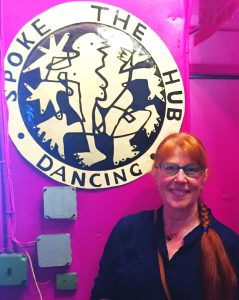 For our second Slope Survey—inspired by Marcel Proust and his eponymous questionnaire—we turned to longtime Park Slope resident and Founder/Director of Spoke the Hub Dancing, Elise Long.
For our second Slope Survey—inspired by Marcel Proust and his eponymous questionnaire—we turned to longtime Park Slope resident and Founder/Director of Spoke the Hub Dancing, Elise Long.